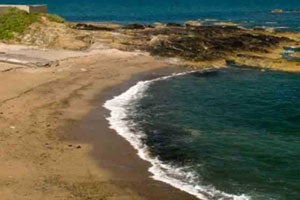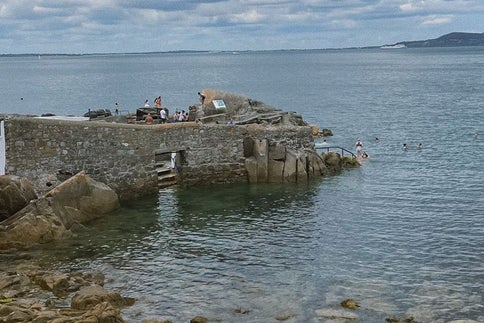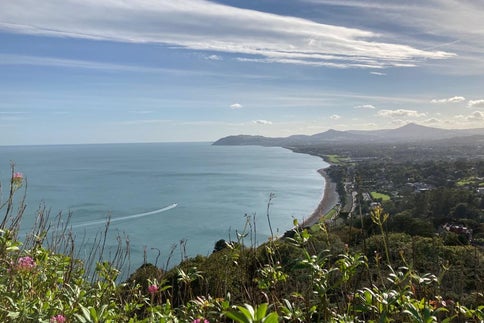- Home
- Things to see & do
- Nature & wildlife
- Bull Island
Bull Island
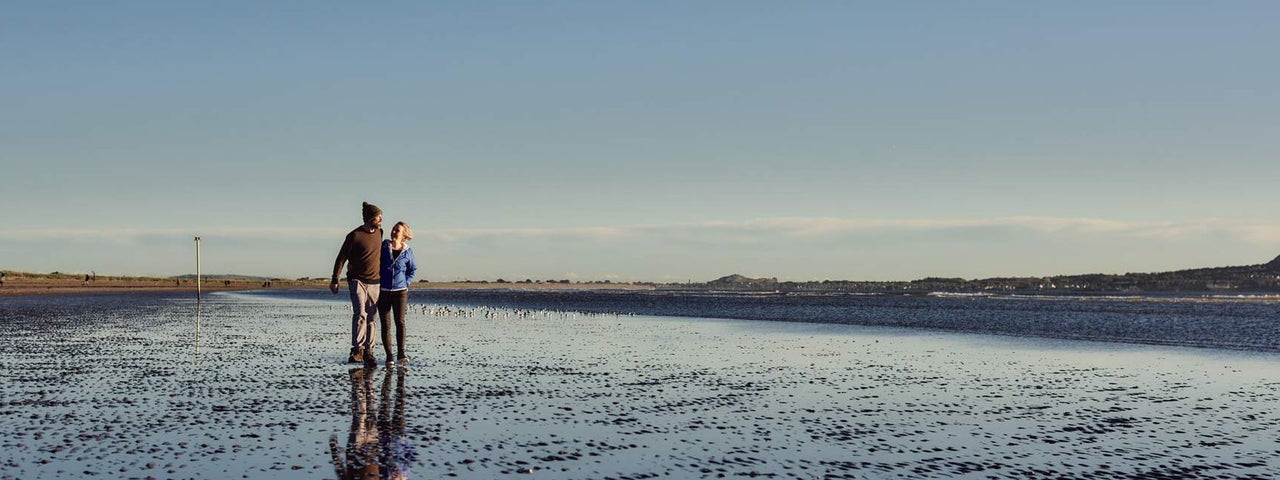
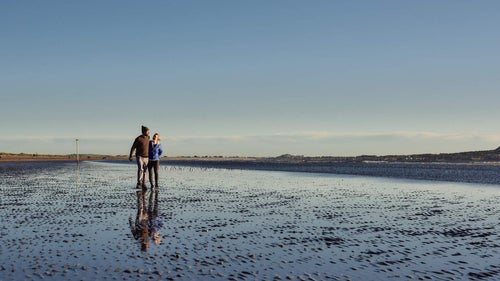
- Family friendly
- Free to visit
Bull Island is a low lying, dune covered sand spit in Dublin Bay off the coast of the city’s North side. As a National Nature Reserve it is a paradise for birdwatchers and wildlife enthusiasts, and a good place for walking. It is home to two private golf courses -The Royal Dublin and St Anne’s. The long sandy beach on Bull Island is Dollymount Beach.
Bull Island was created 200 years ago due to the construction of the north bull wall to Dublin Port. It continues to grow seaward and is a rare natural occurrence in Ireland. Its current size is 5km long by 1km wide.
The famous Wooden Bridge from Clontarf links to Bull Island. Here you'll find the Star of the Sea statue installed in 1972 depicting Our Lady with a halo of 12 stars made of Waterford glass. Perched atop a globe, she watches over Dublin port workers and seafarers alike.
The Island's habitats include beach, dunes, mud flats, grassland and marsh. The island was the first official bird sanctuary in the country in the 1930’s. In 1981 it achieved status as a UNESCO Biosphere Reserve due to its rare and threatened habitats and species along with its use by important numbers of overwintering birds.
Bull Island is located between Dublin and Howth. There is no longer drive-on access to the beach. The island can be accessed by cars either via the Bull Bridge (aka Wooden Bridge) or the causeway. Parking is permitted on the causeway but on the beach parking is now restricted to a small area adjacent to the Bull Wall.
The beaches are busy in summer and popular for swimming and water sports. Strong winds usually bring out the kitesurfers. The variety of birds is stunning and in winter visitors might even see the Canadian Brent geese.
Visitors are strongly advised not to walk into the salt marshes due to risk of sinking.
- Portmarnock, Velvet Strand BeachThings to see & doBeaches & coast
- Portrane BeachThings to see & doBeaches & coast
- Rush, South BeachThings to see & doBeaches & coast
- Sandycove BeachThings to see & doBeaches & coast
- Sandymount StrandThings to see & doBeaches & coast
- Seapoint BeachThings to see & doBeaches & coast
- Skerries South BeachThings to see & doBeaches & coast
- Balbriggan BeachThings to see & doBeaches & coast
- Barnageara BeachThings to see & doBeaches & coast
- Donabate, Balcarrick BeachThings to see & doBeaches & coast
- KillineyThings to see & doBeaches & coast

